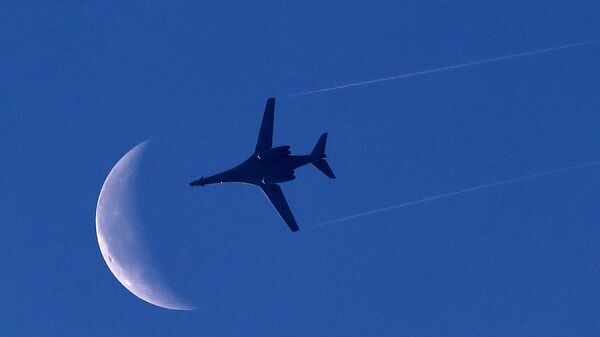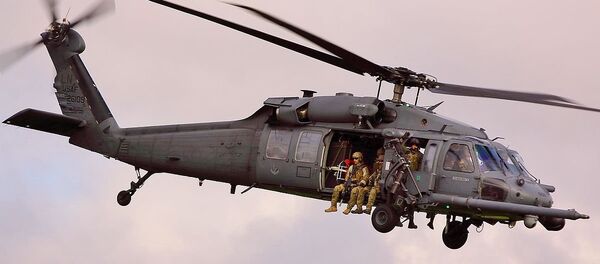The budget would break down to $4.33 billion for research, development, testing and evaluation, and $3.42 billion for procurement. "We've got to be able to find that sweet spot between capability, affordability and resiliency," Maj. Gen. Roger Teague, the Air Force's director of space programs, told reporters on May 24.
"Budgets are tight and we can't just continue to spend. We've got to be able to invest prudently, and focus our investments on the right kinds of capabilities to ensure we have the appropriate level of protection as well as capabilities in the future."
By far the biggest chunk of the new money would go to the Air Force's Space Based Infrared System (SBIRS), a constellation of satellites meant for early missile warning and detection. Considering the ongoing crisis on the Korean Peninsula, such a system would obviously seem attractive to the Pentagon. That's why they want to spend $1.3 billion to build it, an increase of $862 million from 2016.
The money would go to the launch of SBIRS GEO-4 (scheduled for November) and the development of GEO-5 and 6. The Air Force wants to build eight geosynchronous satellites in total, along with three in high orbit (all of which have already been deployed).
Some of the Air Force's larger programs include the Wideband Global Satcom (WGS) system, a series of high-bandwidth satellites meant to act as the next generation of military communication satellites. The WGS currently complements and will eventually replace the Defense Satellite Communications System that the US military currently uses. Nine of the WGS satellites are in orbit, and the Air Force wants $95 million to complete the tenth and final spacecraft.
Another space communications project has a more pessimistic purpose: a series of interfacing terminals on satellites and various aircraft meant to keep the lines of communication open after a nuclear disaster or similar cataclysm. The Family of Advanced Beyond Line of Sight Terminals (FAB-T) project would spend $172 million to equip bombers like the B-52 Stratofortress, reconnaissance aircraft like the RC-135 Rivet Joint, and command aircraft like the Boeing E-4 Advanced Airborne Command Post with terminals that can maintain communication even if the entire US defense grid goes down.
The Air Force also has their eye on a next generation GPS-system consisting of 32 satellites, and are asking for $329 million to continue building it. That constitutes a $116 million increase from last year. Ten of the satellites are currently being built, with the other 22 still under bidding from major contractors.




